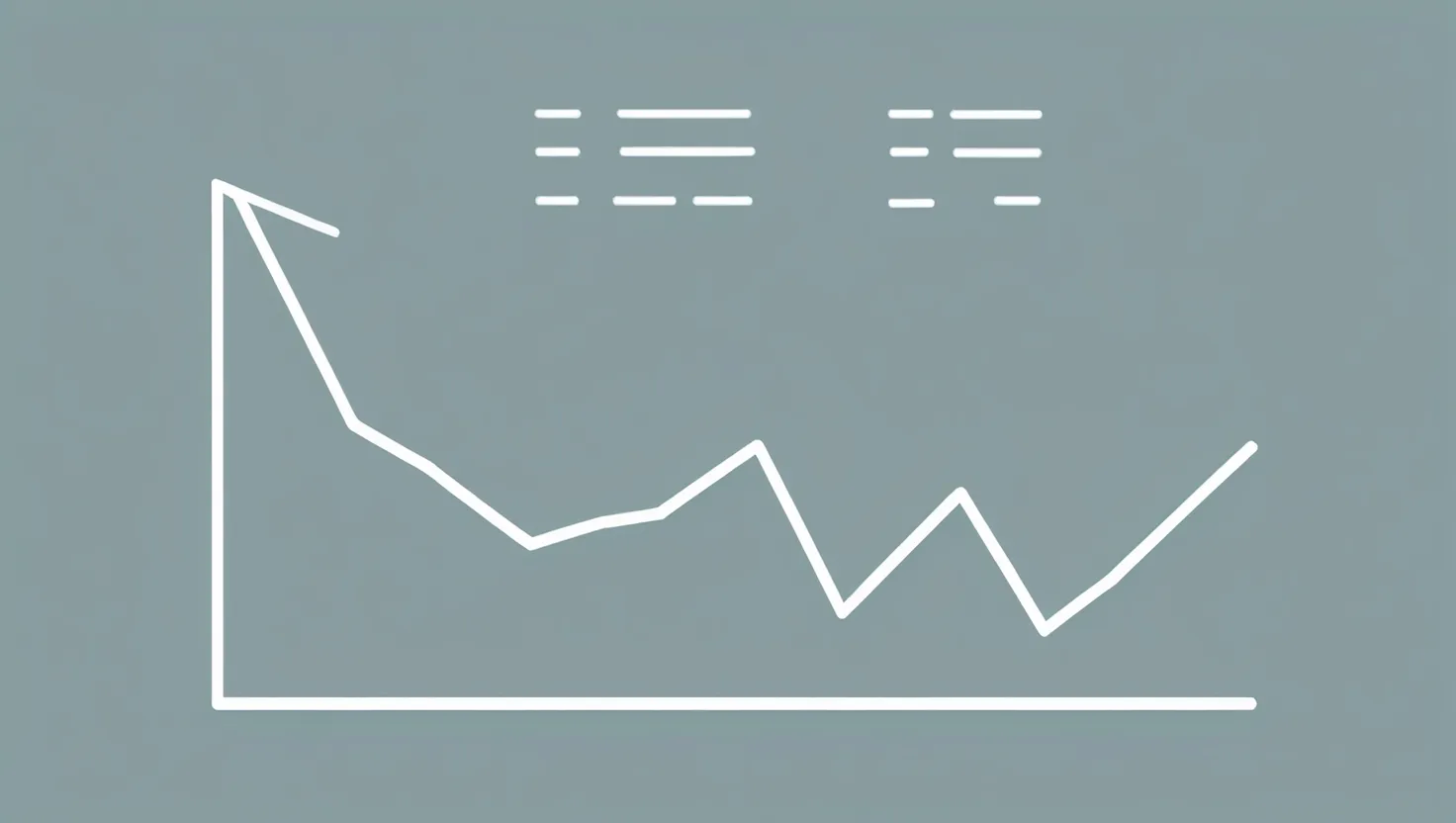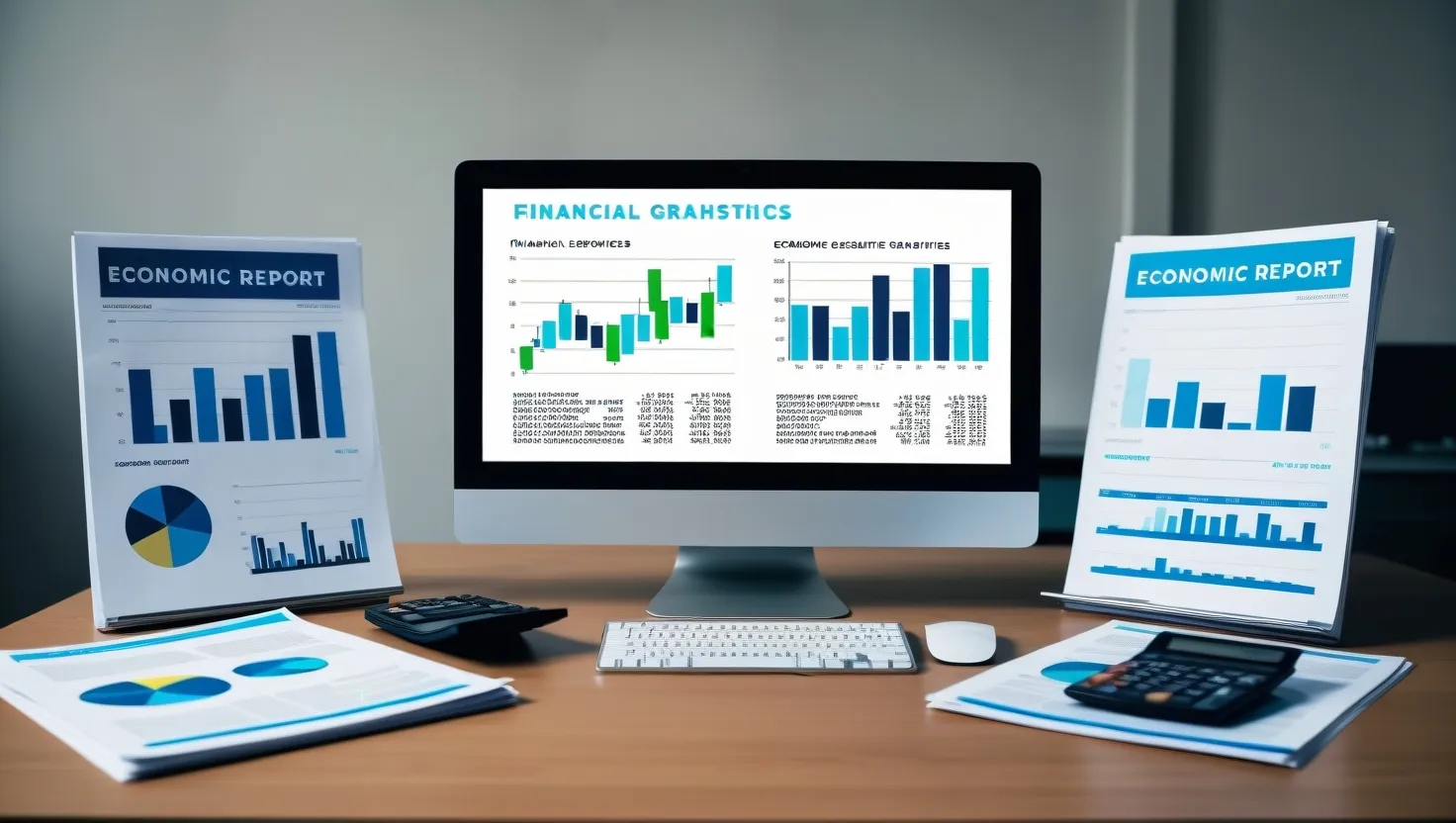In the tumultuous world of investments, where market volatility can be as unpredictable as the weather, there exists a strategy that has stood the test of time: dollar-cost averaging. This approach is not just a tool for the savvy investor; it’s a lifeline for anyone looking to build wealth steadily, regardless of the market’s mood.
The Power of Consistency
Dollar-cost averaging is built on the simple yet powerful principle of consistency. Instead of trying to time the market, which is akin to predicting the next big storm, you invest a fixed amount of money at regular intervals. This could be monthly, biweekly, or even weekly, depending on your financial schedule. The key is to make investing a habit, much like saving for retirement or paying your mortgage.
As the legendary investor Warren Buffett once said, “Price is what you pay. Value is what you get.” With dollar-cost averaging, you’re not worried about the price; you’re focused on the value you accumulate over time.
Diversification: The Safety Net
Diversification is another critical component of dollar-cost averaging. Imagine your investment portfolio as a garden; you wouldn’t plant just one type of flower and expect it to thrive in all weather conditions. Similarly, spreading your investments across different asset classes—stocks, bonds, commodities—ensures that your portfolio remains resilient even when one sector is experiencing a downturn.
For instance, if you’re investing in index funds, you might allocate a portion to a broad market index, another to a bond fund, and perhaps a small percentage to commodities like gold or real estate. This diversification helps smooth out the bumps in the market, ensuring that your overall portfolio remains stable.
Automation: The Silent Guardian
Automation is a game-changer in the world of dollar-cost averaging. With the advent of robo-advisors and automated investment platforms, you can set up your investments to run on autopilot. This means you don’t have to worry about manually transferring funds or making investment decisions based on emotional reactions to market fluctuations.
Robo-advisors can automatically adjust your portfolio, rebalance it periodically, and even optimize your tax strategy. It’s like having a personal financial advisor working for you 24/7, without the hefty fees.
Adjusting Contribution Amounts
One of the lesser-known facts about dollar-cost averaging is the flexibility it offers in adjusting your contribution amounts. While consistency is key, it’s also important to be adaptable. For example, during market downturns, you might consider increasing your contributions. This strategy allows you to buy more units at lower prices, which can significantly lower your average cost per unit over time.
Think of it this way: when the market is down, it’s like a sale on your favorite investments. You’re getting more value for your money, and by increasing your contributions, you’re taking full advantage of this opportunity.
Rebalancing: The Periodic Check-Up
Rebalancing your portfolio is akin to getting a regular health check-up. It ensures that your investments remain aligned with your financial goals and risk tolerance. Over time, different asset classes may perform differently, causing your portfolio to drift away from its original allocation.
For example, if you started with a 60% stock and 40% bond allocation, market movements might skew this ratio. Periodically rebalancing your portfolio brings it back in line, ensuring that you’re not over-exposed to any one asset class.
Long-Term Focus
Dollar-cost averaging is not a get-rich-quick scheme; it’s a long-term strategy that requires patience and discipline. When you focus on the long-term, you’re less likely to be swayed by short-term market fluctuations. This approach helps you avoid the pitfalls of emotional decision-making, which can be detrimental to your investment health.
As Benjamin Graham, the father of value investing, once said, “In the short run, the market is a voting machine but in the long run, it is a weighing machine.” By focusing on the long-term, you’re letting the weighing machine do its job, rather than getting caught up in the short-term noise.
Avoiding Emotional Decisions
Emotional decisions are the bane of many investors. Fear and greed can drive you to make irrational choices, such as selling low during a market downturn or buying high during a rally. Dollar-cost averaging helps you avoid these emotional pitfalls by automating your investments and keeping you on a consistent track.
Imagine you’re on a rollercoaster ride; the ups and downs can be exhilarating but also terrifying. With dollar-cost averaging, you’re not on the rollercoaster; you’re on a steady train that chugs along, unaffected by the short-term turbulence.
Practical Examples
Let’s look at a practical example to illustrate how dollar-cost averaging works. Suppose you decide to invest $100 every month in an index fund. Over six months, the share price of the fund fluctuates:
- Month 1: $12 per share (you buy 8 shares)
- Month 2: $10 per share (you buy 10 shares)
- Month 3: $14 per share (you buy 7 shares)
- Month 4: $10 per share (you buy 10 shares)
- Month 5: $8 per share (you buy 13 shares)
- Month 6: $8 per share (you buy 13 shares)
At the end of six months, you’ve invested $600 and own 61 shares. Your average cost per share? $9.83, which is lower than if you had invested the entire $600 at the beginning when the price was $12.
Actionable Insights
So, where do you start? Here are some actionable insights to get you going:
- Start Small: Begin with a manageable amount that you can commit to regularly. It could be $50 a month or $100; the key is to start.
- Increase During Downturns: When the market is down, consider increasing your contributions. This can help you buy more units at lower prices.
- Review and Adjust: Regularly review your investment strategy to ensure it aligns with your financial goals. Adjust as necessary to keep your portfolio balanced.
In conclusion, dollar-cost averaging is not just a strategy; it’s a mindset. It’s about being consistent, patient, and disciplined in the face of market volatility. By automating your investments, diversifying your portfolio, and focusing on the long-term, you’re setting yourself up for success in the unpredictable world of investments.
As the wise investor Peter Lynch once said, “Your goal as an investor should simply be to purchase, at a rational price, a part interest in an easily understandable business whose earnings are virtually certain to be materially higher five, ten, and twenty years from now.”
So, the next time you’re tempted to try to time the market or make emotional investment decisions, remember the power of dollar-cost averaging. It’s a strategy that can help you build wealth steadily, one consistent investment at a time.






